Audio
Peter Ford - Control Bionics (part 2)
Ablequest by
2RPH3 seasons
20 September 2024
13 mins
Part 2 of an interview with the head of an innovative blind-assistive technology company.

From Radio 2RPH Sydney, Ablequest is a series of short (roughly 15 minute) programs examining developments in assistive technology and initiatives for people living with a wide range of disabilities.
The series is presented by Barbara Sullivan, Marni Roper and Elaine Wziontek.
In this episode: the second part of an interview with Peter Ford from assistive technology company Control Bionics.
Speaker 1 00:03
With information on the latest developments in assistive technology and initiatives, 2RPH in Sydney brings you Ablequest. Hello, I'm Marnie Roper. Today we air part two of an interview with Peter Ford, founder of Control Bionics. Peter was our very first guest on Ablequest back in 2012. We have watched the remarkable progress he and his team have made with their life-changing technology which helps people with severe disabilities to communicate. This technology works by picking up minute electrical activity in the muscles, allowing the user to have some basic form of communication via a connected computer. It is progressed from the first generation called NeuroSwitch to NeuroNode and now NeuroStrip.
If you missed part one, you'll find it as a podcast on the 2RPH website, 2rph.org.au ... We now pick up part two of the conversation, with Barbara Sullivan.
Speaker 2 01:15
In the first part of this interview, Peter explained how the underlying technology has changed and reduced in size while expanding the capabilities. He talked about moving into the Japanese market and personal robotics, which Peter believes is the next big advance in biomechanics. For example, he is working with OB robotics in the US to integrate NeuroStrip with the OB dining robot. This device, with an extendable arm, gives users control over their eating. He also discussed an advanced alert device they're developing with the NeuroStrip technology, which will allow greater independence for an aging population. Now let's continue the conversation with Peter Ford, founder of Control Bionics and inventor of NeuroStrip.
I guess the core of your business started off assistive technology, as you described, and, as you've mentioned to me, it always will be, but the technology can be applied in so many different ways. I mean, you talk about the NeuroStrip being used for the elderly, but anyone in need of an alert, it would be useful for.
Speaker 3 02:22
Yes, we have some other ideas that we're developing right now and we've already started writing code for different aspects of these ideas. For example, are you referring to domestic violence?
Speaker 2 02:32
Yes, that's very topical.
Speaker 3 02:33
Absolutely. And this always has been, just people didn't talk about it until now, when it's getting the publicity it deserves, because it has to be addressed. And it's a global phenomenon. So right now, we've already started developing algorithms on an iPhone that let a woman who's being threatened or feel she's under stress just touch an icon on the iPhone and two things happen. It calls whoever she's already nominated, and she can hold it up to her aggressor and say, sorry, on the way, helps on the way. And that just simple thing alone is a huge first step in helping potential victims seek the help they need, but also show their aggressor that helps on the way.
It's a small step, but it's a significant one. Now you say, well, the aggressor can take the phone away, we do any, yes they can, but we're also addressing that issue as well. Then we think by using bionics and your electrics, we can, by measuring stress levels and movement in a person who may be a victim or a person who may be a perpetrator, that we can start putting these algorithms together to say there's a highly dangerous incident developing at a certain address, call the police or call help.
Speaker 2 03:43
particularly there's a history of the things happening there. So basically what you've been talking about here is all of us becoming much more comfortable with the notion of this. And you really are a pioneer in having society accept bionics. Where do you think we're going with this in terms of everyday use?
Speaker 3 04:03
Well, there's been some outstanding groundwork already been done way before we came on the scene. That was, for example, cochlear implants. That was massive, and that the Australian professor who developed that had two massive obstacles to get through. The first one was to figure out where he could transmit sound into or convert sound into a neural signal that the brain would comprehend. That was huge. And so he had to go into the cochlear construct inside the skull, and that raised the second obstacle, which is what happens when you break skin, you go inside the skull.
There's so many medical and administrative elements, legal elements, you've got to get through. He got through all of that. And a great credit to Australian Enterprise that this works so well. And I've seen people around the world with cochlear implants. So that was the first step. But more commonly is, we all know somebody who has a pacemaker. We may not realise we know them, but guaranteed, one in six people we run into has probably got a pacemaker somewhere if they're over a certain age. Also, insulin pumps, people who have diabetes or have an insulin pump, they may have that on board and you won't even see it. But we're already accepting the idea we're going to be integrated with technology.
So that whole area of bionics, the groundwork has already been laid. What we're looking at now is having something that's so small and so discreet and so painless that it will help you deal with a whole lot of issues that may occur as you get older, especially as we age, which is a form of disability.
Speaker 2 05:31
And the technology you've spoken about fulfills a particular purpose, cochlea for ears, insulin pump for diabetes and so on, whereas this is just much more for every day. For example, you were talking to me offline before about its application to elite sports. Yes. I know you're a sports aficionado yourself, so it's not surprising that you might look at this. Talk a little bit about what you're thinking there.
Speaker 3 05:59
Okay. Well, again, anybody listening right now, if you can just reach up and scratch your nose, it looks identical to if you're with anybody else and you feel a little silly doing this, but just do it. You're both doing what looks like an identical thing. But in fact, you're firing your muscles in a completely unique way, almost as unique as your own fingerprints. Because from the time we hit the atmosphere when we're born, we start learning neuromuscular controls and, you know, moving, rolling, standing up, all those little things you watch babies do. They're all learning to do the same sorts of things, but they're firing their muscles in a totally unique sequence according to their body or their brain.
Speaker 2 06:34
You would not know that, actually, if you tried to copy somebody, you think you're doing it exactly the same way.
Speaker 3 06:39
But when you start looking at the electromyography signals inside the muscle you'll find, well there's a slight difference now, might only be really small - for example to give you an idea of the range, if you squeeze your fist really tightly really tight and you're really fit you might generate 800 microvolts in the muscles which are helping you do that, you might... hit 700, but that's the range 0 to 800 - and so if you're a professional athlete and you're throwing a football or hitting a tennis ball or rowing any of those things, you may be hitting that level in each muscle - but there will be slight variations in the way all those muscles are working together.
And that variation may be only two three five ten microvolts - but it can be the difference between coming third and winning gold or hitting a touchdown at the right distance and range or or hitting a cricket ball for a six instead of a four. All of those things come into play and with NeuroStrip we now have a device which is small enough and accurate enough the clinical grade data and fast enough it sends out the data straight out to a receiver in less than a hundredth of a second - that's 10 milliseconds - and we think we can get down inside 5 milliseconds. And suddenly you've got a piece of equipment which shows you exactly how the human body is working by the way the brain is firing the muscles, not by the way it looks like from the outside.
Speaker 2 07:55
So the technology can tell you this, it identifies it, is training their ability to, I don't know, make the small changes be parallel to the technology?
Speaker 3 08:05
Absolutely. And as everyone, every athlete, everyone knows, good training comes from repetition. So we go back to Don Bradman throwing a ball against a corrugated iron tank. So the ball came off at any angle and he tried and hit it with a cricket wicket. You know, that's the legendary story. But what he was doing was developing really refined, precise, high speed muscle memory and reflex memory. And you can do that. You can stand in front of a corrugated iron tank till the cows come home.
But we think if we can show you how you're firing in your electrics, and we can display that in a way where you know how you can change that movement, that you can get into your zone, your perfect, most efficient way of firing or sequence of firing muscles to throw a ball or hit a cricket ball or tennis ball or a row in Olympic sports where you're skiing and shooting, biathlon, where you can get your muscle state down to the proper level of relaxation so you can fire and then ski again. There's so many ways we think we can improve movement, including scratching your nose.
Speaker 2 09:05
Peter, one of the things that's happened to you in the last couple of years is that the company has become listed on the Australian Stock Exchange. That's a big move for somebody like you who's devoted 25 years of your life to developing this, because you're suddenly very accountable, I guess. How do you feel about that?
Speaker 3 09:21
Well, it's fine. We've been accountable since day one. The Food and Drug Administration, the US FDA, we had to get everything clinically accurate, which was good for us and good for them. We do the same with TGA here, with the Therapeutic Goods Administration here in Australia. We're approaching the same thing with ISO in Europe. I'm confident in saying what we're developing now and what we're experimenting with in the lab, the results we're seeing give us great confidence in how we're developing the next steps in the evolution. And these are things that we envisioned back in 2000.
Speaker 2 09:50
Now, NeuroNote is available through NDIS.
Speaker 3
Yes, NDIS owns it.
Speaker 2
And the Department of Veterans Affairs.
Speaker 3 09:57
Yeah, DVA has been interesting here. We've been working for years with ministers with DVA, and we've found that as a lot of ex-diggers, and I did national service, so as an ex-digger, I have a great appreciation for what our ex-men and women have gone through with this. But everybody complains about the help they're getting after they get out of service. It happens in America, too. The problem we have here is the uptake has been very slow for people who deserve a fast response.
So we have, as in America, former service people have a higher incidence of motor neurone disease than civilians, almost by 40% to 60%, depending on the area. And we have ex-service people here in Australia who have developed issues as a result of their service, and it's taking a long time for them to get help. There's more chance of getting it from NDIS than from the DVA. That should change. The DVA needs to be more responsible and taken care of its vets. They spend a lot of money recruiting people. They should spend an equivalent amount taking care of the vets who've been through.
Speaker 2 10:57
So if somebody who might be listening to this program was interested, they could follow up through the NDIS.
Speaker 3 11:00
Oh yeah, of course. They can find our website. We have really good outreach and response. We have 24-7 humans answering your telephone. I check it regularly just to see if it's still working. But we have teams in the US and Australia, so we cover both time zones and they hand over as the time zone switches around. And you always have a skilled technician who will answer the phone and they can refer immediately to a therapist like a speech-language pathologist or one of our engineers for help.
Speaker 2 11:30
And so, when will NeuroSwitch be available in Australia?
Speaker 3 11:33
On NeuroStrip i'm sure it may have been really good with the names... on NeuroStrip,
I'm going to the States next week and I'll pick up my first two units for our trials, already testing some people who are designated testers, we're already making available so to some people think can innovate with the same as the iphone, you know we think there are people who pick this up now that because it's so compact and so will, they can do things with it that we haven't thought of.
Now we're looking at that virtual reality we're looking at computer gaming, it's a billion dollar business where a high proportion of young people playing computer games consistently are getting carpal tunnel syndrome - we believe if you're using a NeuroStrip to control the game, and you'll probably have four so that was, you move your avatar, the game moves, no more keyboard, no more mouse, no more joystick... that removes first of all carpal tunnels, inhibit... also increases your... response rate,your speed in getting your avatar to move the way you want to inside the game.
Speaker 2 12:30
It's a brave new world.
Speaker 3 12:33
See you in the new world.
Speaker 2 12:33
A fearless new world. Peter, it's been fascinating talking to you, and very best wishes and look forward to talking with you again very soon.
Speaker 3 12:42
Look forward to it. Thank you very much.
Speaker 2 12:45
I have been speaking with Peter Ford, founder of Control Bionics and inventor of NeuroStrip, an assistive technology that allows people with severe disability to be able to communicate. If you want to know more about this tiny, life-changing device, the website is www.controlbionics.com ... And don't forget, you can listen to all AbleQuest programs as podcasts on our website, 2rph.org.au ...
Speaker 1 13:21
You have just been listening to Ablequest, a programme that looks at developments in assistive technology. From Barbara Sullivan and Marni Roper, thank you for listening and goodbye till our next program.
Continue listening

Blind Sports Australia CEO Matt Clayton speaks about its work with blind and vision impaired athletes across 21 sports.
Matt Clayton - Blind Sports Australia
Ablequest by 2RPH
5/5/2023
•13 mins
Audio

Vivid, Sydney's celebration of creativity, seen from a disability access focus by its director.
Gill Minervini - Vivid
Ablequest by 2RPH
19/5/2023
•14 mins
Audio

This program discusses dance movement therapy and how it works - featuring Cecilia King of the Dance Therapy Association.
Cecilia King - Dance Therapy
Ablequest by 2RPH
14 mins
Audio

What are the challenges of providing audio description on Oz TV? Hear Lauren Henley, Aust Federation of Disability Organisations.
Lauren Henley - Audio Description
Ablequest by 2RPH
16/6/2023
•14 mins
Audio

In Part 1 of a 2RPH interview, assistive tech expert David Woodbridge explores latest innovations to make everyday life easier.
David Woodbridge - Tech Update Part 1
Ablequest by 2RPH
30/6/2023
•14 mins
Audio

Features Robert Duff-Silsby of Luddi, Perth company developing assistive devices for all people and bodies.
Robert Duff-Silsby - Sexual Wellbeing
Ablequest by 2RPH
13 mins
Audio

In Part 2 of this conversation with 2RPH's Ablequest, expert David Woodbridge reviews latest assistive technologies.
David Woodbridge - Tech Update Part 2
Ablequest by 2RPH
28/7/2023
•14 mins
Audio

Matt Clayton of Blind Sports Australia and the Oz team's Chef de Mission, discusses the forthcoming World Blind Games in the UK.
Matt Clayton - World Blind Games
Ablequest by 2RPH
11/8/2023
•13 mins
Audio

Prof Kim Marriott of the Monash Assistive Technology and Society Centre, talks about the purpose and work of the Centre.
Kim Marriott - Monash Assistive Technology and Society Centre
Ablequest by 2RPH
25/8/2023
•13 mins
Audio

Ablequest features an interview with Serena Ovens, new CEO of Assistive Technology Supplies Australia or "ATSA".
Serena Ovens - Assistive Technology Supplies Australia
Ablequest by 2RPH
14 mins
Audio

Part 1 of an interview on the voice-activated app, Bindi Maps.
Anna Wright - Bindi Maps (Part 1)
Ablequest by 2RPH
14 mins
Audio

This is Part 2 of an interview with Dr Anna Wright, explaining how Bindi Maps works.
Anna Wright - Bindi Maps (Part 2)
Ablequest by 2RPH
14 mins
Audio

Artist Ebony Wightman of disability-led We Are Studios talks about art and challenge.
Ebony Wightman - We Are Studios
Ablequest by 2RPH
20/10/2023
•13 mins
Audio

Prof. Leeanne Carey discusses the SENSe program, her team's world-first therapy to help stroke survivors.
Leeanne Carey - SENSe Therapy
Ablequest by 2RPH
2/11/2023
•13 mins
Audio

Youthworks Accessibility Minister Bec Baines talks of making church accessible to young people with disabilities.
Bec Baines - Youth and Worship
Ablequest by 2RPH
16/11/2023
•14 mins
Audio

Nikki Hind, Australia's first blind fashion designer, discusses her work.
Nikki Hind: Blind Grit
Ablequest by 2RPH
1 December 2023
•14 mins
Audio

Dr Dimity Williams, family GP, recommends spending more time in nature - and a "green hour" each day.
Green Hour: Dr Dimity Williams
Ablequest by 2RPH
5 December 2023
•14 mins
Audio

Imagine sitting in a wheelchair for hours, being unable to move your fingers or arm to do simple things like pick up a glass.
Konstanze Hager - Bateo
Ablequest by 2RPH
Konstanze Hager - Bateo
•14 mins
Audio

Action Audio is a new language being created to transcend sport.
Machar Reid - Action Audio
Ablequest by 2RPH
Machar Reid - Action Audio
•14 mins
Audio

What a difference one person with experience, passion and energy can make to many lives.
Julie Ross-Edwards - Head High
Ablequest by 2RPH
Julie Ross-Edwards - Head High
•14 mins
Audio

Driver educator outlines what's needed for a person with disability to get a driver's licence.
Ronak Shah: on-road driving education
Ablequest by 2RPH
12 January 2024
•14 mins
Audio

Vision Australia's Christo Sarantakis talks of his life, blindness and assistive tech changes.
Christo Sarantakis of Vision Australia
Ablequest by 2RPH
26 January 2024
•14 mins
Audio

Introducing Australia's first pictureless feature film, TOUCH, showing in Sydney.
Majella Knobel: "Touch" - open air movie
Ablequest by 2RPH
9 February 2024
•14 mins
Audio

An expert discusses the use of horticultural therapy for people with disabilities.
Steven Wells: horticultural therapy
Ablequest by 2RPH
23 February 2024
•14 mins
Audio

Features articles on latest blind-assistive tech including a new bus app and smart ear buds.
Assistive tech news catchup
Ablequest by 2RPH
8 March 2024
•14 mins
Audio

Features an innovative hospitality industry training program for people with disabilities.
Saraya O'Connell - Hotel Etico Independence Program
Ablequest by 2RPH
22 March 2024
•14 mins
Audio

Guests discuss the Obi robotic dining assistant for people with upper arm disabilities.
Hugh Kingley and Rachel Dekkar: Obi
Ablequest by 2RPH
19 April 2024
•14 mins
Audio

A spy-themed computer program tackles the mystery of social encounters - outlined by its company's CEO.
Kathleen Davey - Social Science Translated
Ablequest by 2RPH
3 May 2024
•14 mins
Audio

A Sydney organisation delivers creative arts and life skills to people with disabilities.
ChoppA Green - Studio Artes
Ablequest by 2RPH
17 May 2024
•14 mins
Audio

An award-winning Central Coast NSW disability service shares its successful strategies.
Lonestar Makoni - Breaking Barriers Disability Services
Ablequest by 2RPH
31 May 2024
•14 mins
Audio

Part 1 of a conversation with an Australian neuroscience research pioneer about benefits of music in brain injury recovery.
Professor Sarah Wilson (part 1)
Ablequest by 2RPH
14 June 2024
•14 mins
Audio

Part 2 of a conversation with a leading neuroscientist of benefits of music in brain injury recovery.
Professor Sarah Wilson (part 2)
Ablequest by 2RPH
28 June 2024
•14 mins
Audio

A CEO talks about his company's award-winning assistive physical therapy device.
Justin Keenan - LusioMate
Ablequest by 2RPH
12 July 2024
•14 mins
Audio

Information about a program teaching good cyber-security practices to make daily life safer.
Jess Wilson: Be Connected
Ablequest by 2RPH
26 July 2024
•14 mins
Audio

A veteran print disability broadcaster with macular degeneration shares her experiences.
Teresa Plane - 2RPH
Ablequest by 2RPH
9 August 2024
•14 mins
Audio

The founder of a blind-assistive technology company shares latest developments.
Peter Ford - Control Bionics (part 1)
Ablequest by 2RPH
6 September 2024
•14 mins
Audio

Part 2 of an interview with the head of an innovative blind-assistive technology company.
Peter Ford - Control Bionics (part 2)
Ablequest by 2RPH
20 September 2024
•13 mins
Audio

Looks at a project to better inform refugee and migrant women on AI.
Good Things - Jess Wilson
Ablequest by 2RPH
4 October 2024
•14 mins
Audio

An expert with lived experience corrects some widespread misconceptions about stuttering.
Dale Williams - Stuttering Awareness Day
Ablequest by 2RPH
18 October 2024
•14 mins
Audio

An inventor discusses his an innovative cane tip to help people with blindness or low vision.
Peter Rickards - Sensaball
Ablequest by 2RPH
15 November 2024
•13 mins
Audio

Part 1 of an interview with an Australian expert on low-vision-assistive technology, on AI and other developments.
David Woodbridge (part 1)
Ablequest by 2RPH
29/11/2024
•14 mins
Audio

Conclusion of an interview with a leading Australian expert on blind-assistive technology.
David Woodbridge (part 2)
Ablequest by 2RPH
13 December 2024
•14 mins
Audio

Looks at the leading stroke treatment work of the Royal Rehabilitation Hospital, Ryde NSW.
Jason Redhead and Graham Cooper of Royal Rehab Ryde
Ablequest by 2RPH
10 January 2025
•14 mins
Audio

An innovative social media platform aims to address isolation and loneliness in the disability community.
Steve Bear - Alvie
Ablequest by 2RPH
7 February 2025
•12 mins
Audio

Australia's largest provider of Auslan sign services outlines its important work.
Brett Casey - Deaf Connect
Ablequest by 2RPH
21 February 2025
•14 mins
Audio

Looks at an Australian organisation's work at helping men seek help and build self-awareness.
Tommy Herschell - Find Ya Feet
Ablequest by 2RPH
7 March 2025
•14 mins
Audio

A speech pathoplogist discusses her work with young people's complex communication needs.
Denise West - Scope
Ablequest by 2RPH
21 March 2025
•14 mins
Audio

A vision-impaired disability rights advocate talks of her work and learning podcast skills.
Freya Wolf
Ablequest by 2RPH
4 April 2025
•14 mins
Audio

A leading Australian eye researcher talks of his team's work in creating new hope for people with retinal damage.
Raymond Wong - Centre for Eye Research Australia
Ablequest by 2RPH
18 April 2025
•14 mins
Audio

A wheelchair-using business owner, facilitator and car rally driver shares experiences and insights.
Mel Harrison - Sitting Low, Reaching High
Ablequest by 2RPH
2 May 2025
•13 mins
Audio

Disability Pride Month in July promotes awareness about people with disability and also celebrates individuals with disability.
Hannah Solomons - Sydney Disability Pride
Ablequest by 2RPH
Hannah Solomons - Sydney Disability Pride
•14 mins
Audio

Deb Roach is a three-time pole dancing world champion yet she has only one arm.
Deb Roach
Ablequest by 2RPH
Deb Roach
•13 mins
Audio
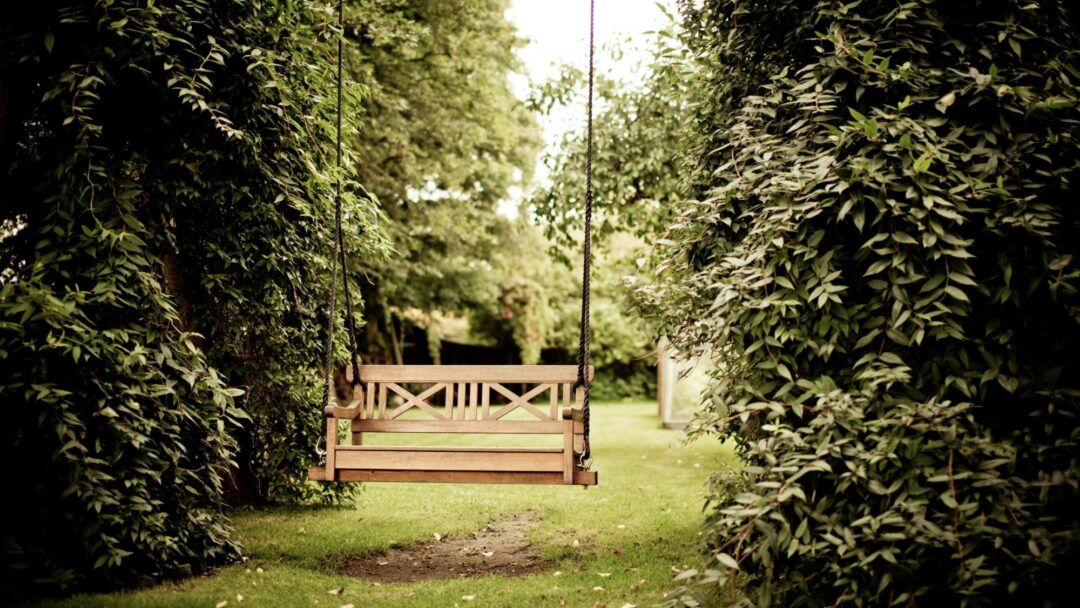
Being in nature is good for you whether it is being in the garden or walking along the beach.
Kayte Kitchen - Admirari Nature Therapy
Ablequest by 2RPH
Kayte Kitchen - Admirari Nature Therapy
•14 mins
Audio
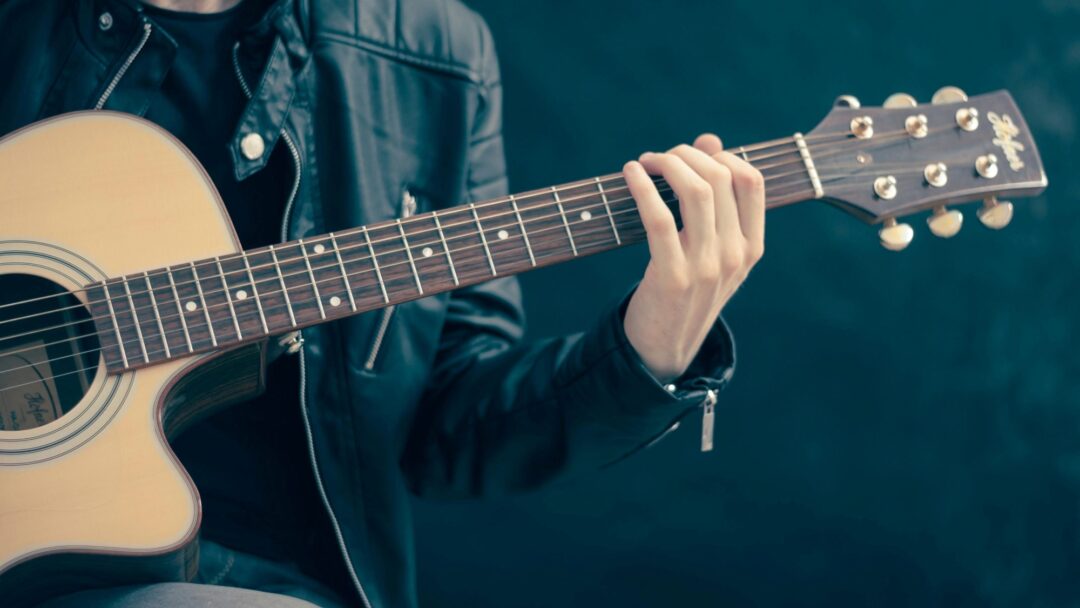
Music can evoke emotions that bring back memories and the same is true for people living with dementia.
Zara Thompson - Music Therapy
Ablequest by 2RPH
Zara Thompson - Music Therapy
•14 mins
Audio
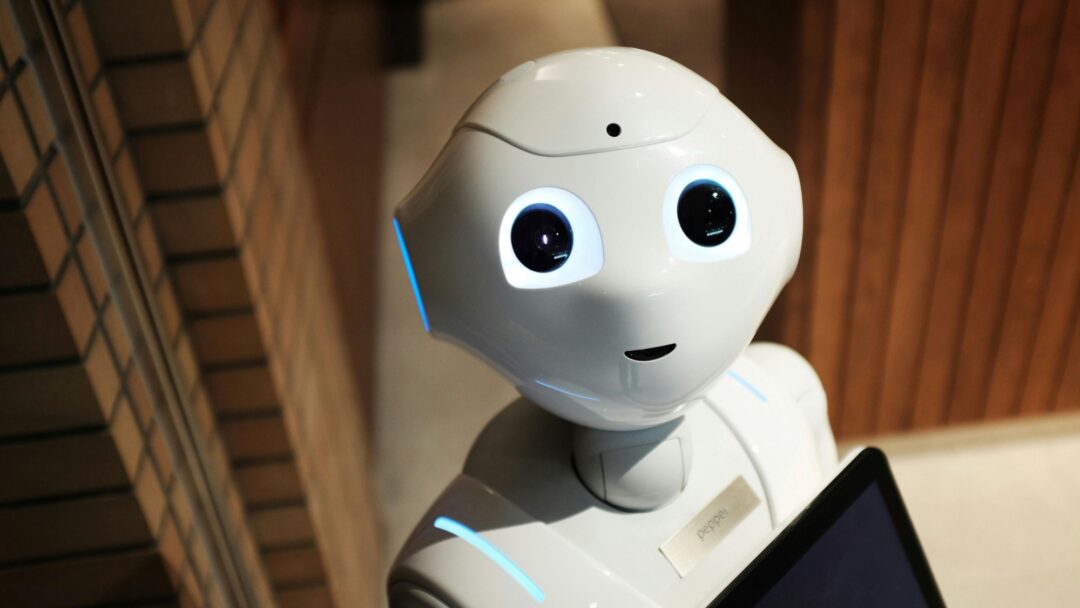
Laura Boccanfuso is founder and CEO of Van Robotics, a social robotics company based in South Carolina in the United States.
Laura Boccanfuso - Van Robotics
Ablequest by 2RPH
Laura Boccanfuso - Van Robotics
•14 mins
Audio
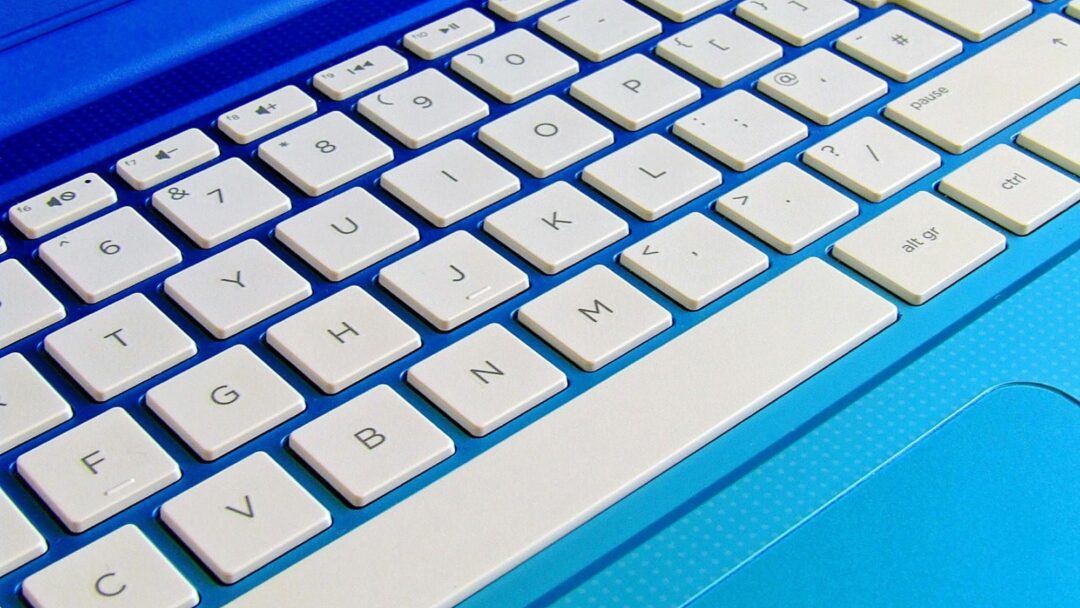
Two years ago Maggie O'Connell, in her mid 20's never had a full time job.
Maggie O'Connell - AFP
Ablequest by 2RPH
Maggie O'Connell - AFP
•14 mins
Audio
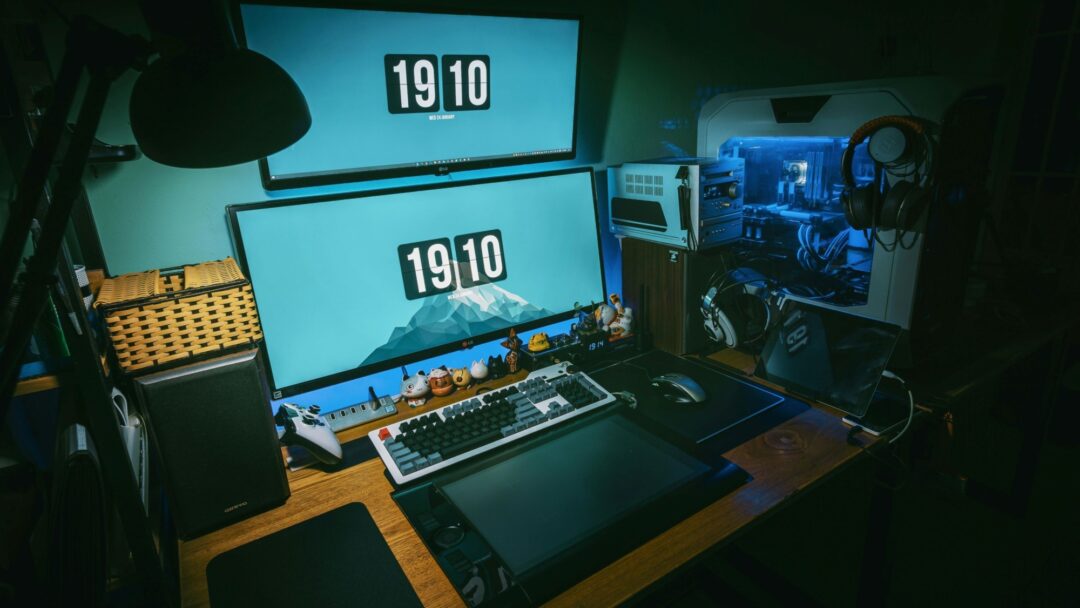
Julie Ross-Edwards, founder of Head High Disability Services, returns to Ablequest to speak more about Head High's philosophy and special approach.
Head High (Update)
Ablequest by 2RPH
Head High (Update)
•13 mins
Audio
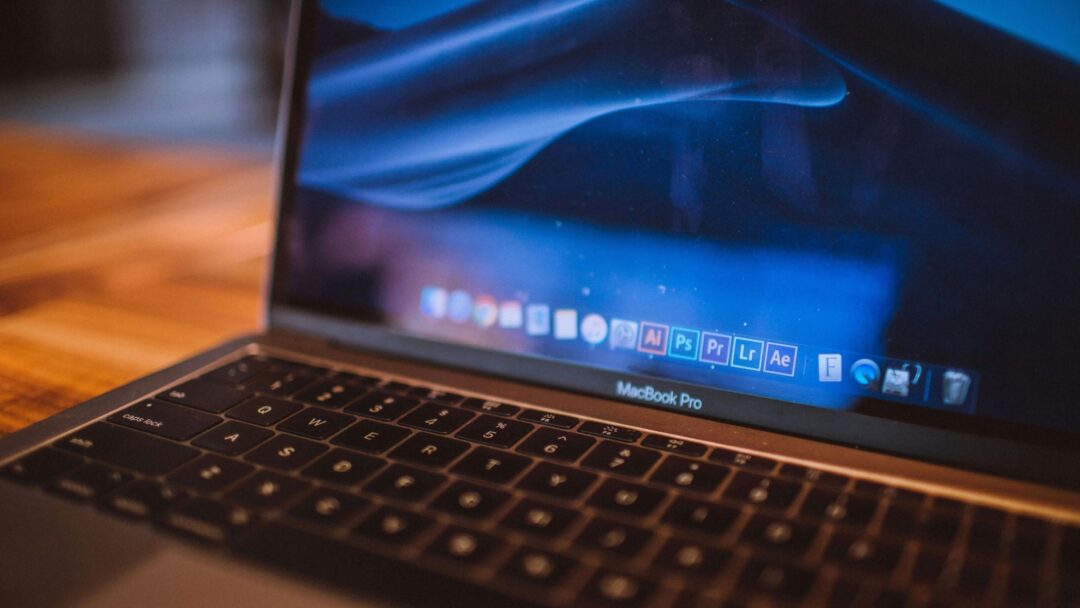
David Woodbridge, an expert in assistive technology for people with no or low vision, is a regular guest on Ablequest.
David Woodbridge
Ablequest by 2RPH
David Woodbridge
•14 mins
Audio
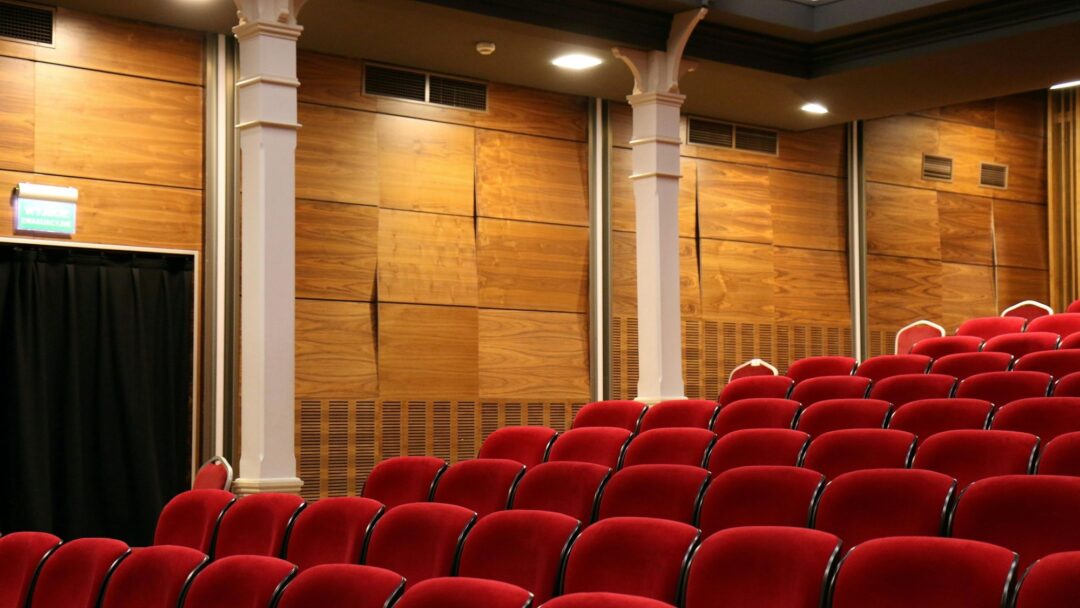
Pete Horsley is the Founder of Remarkable, a global start up and initiative of the Cerebral Palsy Alliance.
Pete Horsley - Remarkable Disability Tech Summit
Ablequest by 2RPH
Pete Horsley - Remarkable Disability Tech Summit
•14 mins
Audio